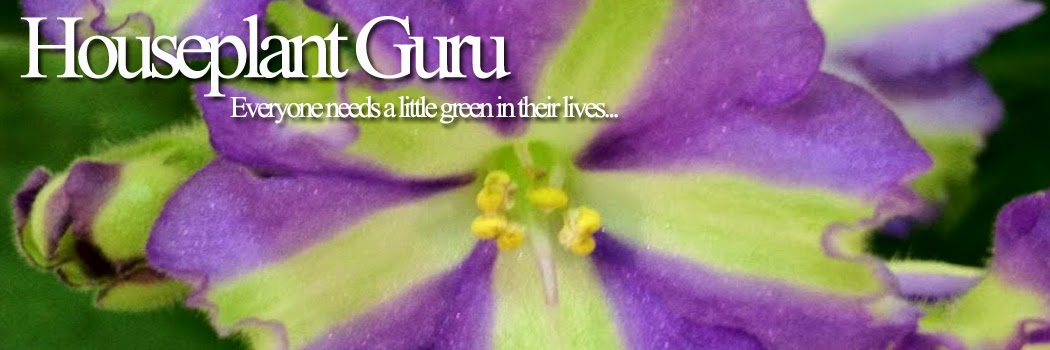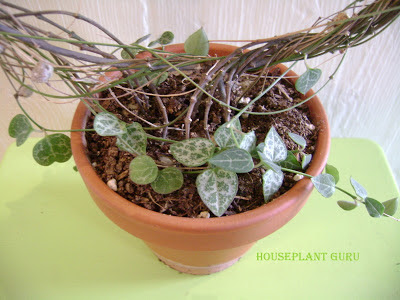 |
| Cleistocactus winteri |
I was so excited today when I found these plants flowering in my greenhouse. I decided to share them with you.
The first is of the Cleistocactus winteri, also called the Golden Rat Tail, not the most endearing name. The flowers, which have been described as pink and red, are orange to me. Maybe different growing conditions affect the flower color. This can be a large cactus with stems as long as 3 feet. Quite often it is found as the cristate form and I have a couple that started out that way, and have since reverted to the regular form. I should have cut the normal stems off, but I'm glad I didn't, as the crested form wouldn't have bloomed. As with any crested or montrose form, if allowed to revert and not trimmed, the reversion will take over.
 |
| Open flower plus a bud and spent flower. |

Notice the spent flowers on the stem. I missed those...It obviously blooms prolifically.
 |
| Chlorophytum amaniense 'Fire Flash' |
This is the flower of the
'Fire Flash' spider plant. The foliage certainly doesn't look like the ubiquitous spider plant we all know and love (or hate), but the flower certainly identifies it as a spider plant. The resulting seeds matured, fell into the pot, and sprouted. When they are big enough, I will pot them up individually. It has been very easy to grow. I've let it dry out, it takes the heat in the greenhouse in the summer, and it has been in the same pot for a long time, and yet continues to thrive. And the best thing; the orange stems.
 |
| 'Black Truffle' Begonia |
The 'Black Truffle' begonia is just one of the begonias blooming in my greenhouse. The speckled tepal undersides on this plant, though, really caught my attention. They are so unusual! (What look like petals on this plant are called tepals.) The black leaves with chartreuse veins only add to the beauty. Even when not flowering, the foliage is a winner.
 |
| Notice the chartreuse veins. |
 |
| Dischidia ovata or Hoya ovata |
The watermelon dischidia is a beautiful hanging plant, a succulent epiphyte native to the tropics of Asia to the western Pacific. These flowers may look large, but are actually very small and not showy at all, but interesting, none the less. The true attraction of the plant is the small leaves that look like watermelons, thus the name. My plant has a tag, identifying it as a hoya. After investigation, it seems it can be called by either name.
These are the flowers of the terrestrial jewel orchid, Ludisia discolor. These orchids are really grown for their beautiful foliage, but the flowers, which usually show up between December and February, are very nice, as well . They are native to Malaysia, Indonesia, and Burma, where they thrive in soil on the forest floor, unlike most orchids which are in the trees, growing as epiphytes. Mine
basks in the morning sun in the East window and flowers reliably every year. They like high humidity and warmth. I've been fighting scale on this plant, but I think I finally have it controlled.
 |
| 'Emerald Love' African violet. |
The last flower today is this amazing green African violet called 'Emerald Love'. What a fitting name-I love it! It is so vividly green and really pops against the dark foliage.
I hope you enjoyed these flowers on this cloudy February day!

















































